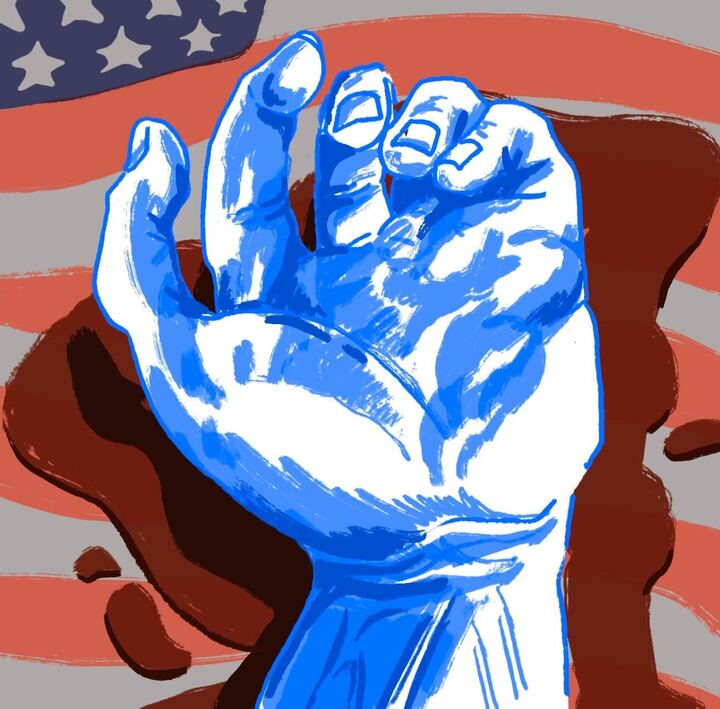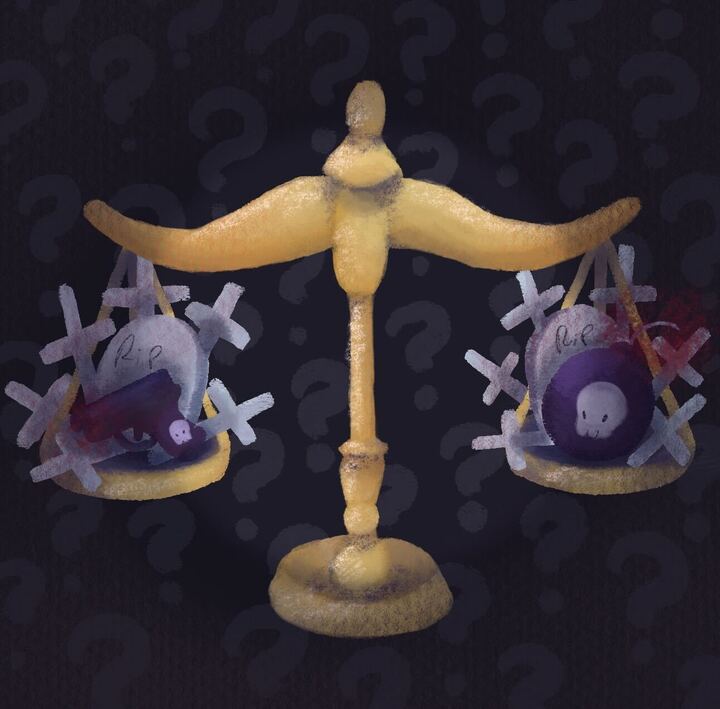 On Nov. 5, Trish Regan, the anchor for CNBC’s ‘The Call,’ reported that some Wall Street firms had received significant doses of H1N1 vaccines.
On Nov. 5, Trish Regan, the anchor for CNBC’s ‘The Call,’ reported that some Wall Street firms had received significant doses of H1N1 vaccines.
Goldman Sachs reportedly received 200 doses, and Citigroup received 1,200 doses.
“I’m six weeks away from delivering twins, and I couldn’t get the H1N1 vaccine from my obstetrician or the hospital where I plan to deliver,” said Regan. “Eventually, I did get the vaccine, but it was not through conventional means.”
On Nov. 1, Army Maj. James Crabtree, a spokesman for the Guantanamo jail facility, said that doses of H1N1 vaccine should be arriving this month for guards first and then inmates.
The Centers for Disease Control reports that the group at highest risk for H1N1 flu is pregnant women. Some pregnant women have died in childbirth from H1N1. There is something askew with our priorities if stock brokers and terrorists get the H1N1 vaccine before a pregnant mother with twins.
President Obama declared H1N1 flu a “national emergency” on Oct. 24. Dr. Nancy Snyderman, chief medical editor for NBC News, said that we think of a “national emergency” like Hurricane Katrina. The sound of “national emergency” tends to make the outbreak sound more urgent than it is. She said that actually, the “national emergency” was declared so that emergency rooms all over the country could diagnose and treat H1N1 flu beyond the local hospital campuses.
There is so much confusion between seasonal flu and H1N1 flu. Seasonal flu symptoms are fever, cough, sore throat, headache, body aches, chills and fatigue. H1N1 flu has the same symptoms but are more severe.
Seasonal flu affects infants and children and people over 65. People between 20 and 60 years of age are the most affected group, with the highest risk being pregnant women.
The seasonal flu vaccine was available in early October, while H1N1 flu vaccine became available in early November. People over 65 may not need the H1N1 vaccine, but it’s available. They may need the seasonal flu vaccine, but it is less available.
Both seasonal flu and H1N1 flu vaccines seem to be coming in spurts, a little here and a lot there. The Wall Street Journal reported Nov. 8, “The Director of the Centers for Disease Control and Prevention urged health officials around the country to ensure swine flu is getting to high risk groups, after criticism erupted over distribution to some Wall Street firms…but criticism of the move showed how much tension has emerged as thousands of children and others considered at high risk of complications have waited hours in line to be inoculated.”
“There will be more than enough doses of the H1N1 in the United States…there will be plenty of vaccine for everyone who wants it,” said Health and Human Services Secretary Kathleen Sebelius on Sept. 24. We are now into November, scrambling for priority in vaccine distribution.
Homeland Security Secretary Janet Napolitano was on a trip to Europe and the Middle East when she spoke Nov. 8, from Abu Dhabi, United Arab Emirates. She was more concerned about the possible backlash against Muslims in the U.S. because of the shootings at Fort Hood in Texas than she was of the inequitable distribution of H1N1 flu vaccine, which she never even mentioned.
This is a good run through. So far, the H1N1 epidemic is not out of control, but the distribution of vaccine is close to being out of control with its unfair distribution.
It causes one to wonder how we would handle a “national disaster” if this is the way we handle a “national emergency.”
There are approximately 308 million people in the U.S. How we care for them and offer them help in a time of crisis is very important. Our mechanism for distributing help to 308 million people needs to be as well-oiled as it can be, and I don’t mean by fossil fuel.
Whether we are distributing medicine or food, we have to be more organized. We have to be more efficient. We saw glimpses of our modern organization in the last election with the utilization of the Internet.
We need to be as well-organized in our distribution as we are in our communication. At this time in our history, whether terrorists are imprisoned here or not, we have to be able to dispense goods and services equitably to all of our people in a short amount of time.





